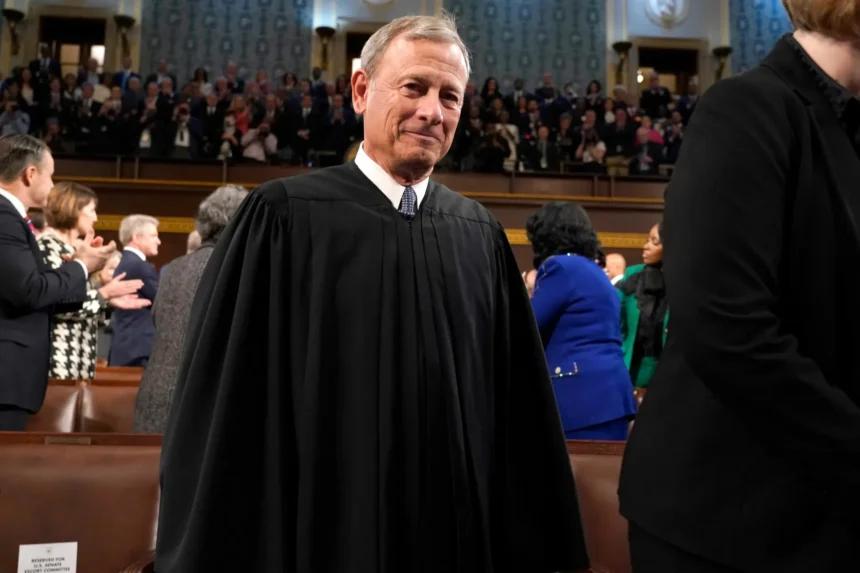Chief Justice Roberts on AI in Law: Chief Justice John Roberts, in a rare move, has turned the spotlight onto the evolving interplay between artificial intelligence (AI) and the legal system in his annual report. This move signifies a growing acknowledgment from the highest echelons of the judiciary about the profound impact AI is expected to have on the courts.
The Promise of AI
Roberts described AI as the “latest technological frontier” in the judiciary, emphasizing its potential to democratize access to justice. He highlighted how AI can significantly reduce the cost and complexity of legal processes, making it easier for people with limited resources to navigate the court system. This aspect could potentially revolutionize how justice is delivered, offering a more level playing field for all citizens.
The Perils and Ethical Dilemmas
However, the Chief Justice was quick to point out the potential pitfalls of AI in the legal domain. He cited a recent incident where AI-generated fake legal citations found their way into official court records, demonstrating the risks associated with unvetted AI use. Roberts stressed that “any use of AI requires caution and humility,” acknowledging the technology’s limitations and the ethical dilemmas it poses.
The concerns are not just about accuracy but also about the deeper ethical implications. For instance, how AI might perpetuate biases or how its decisions can be audited. The implications of these ethical dilemmas are profound, touching on the very fundamentals of justice and fairness.
A Sidestep from Supreme Court Ethics
Interestingly, Roberts’s discourse on AI sidestepped any mention of the recent controversies surrounding Supreme Court ethics. The court has been under scrutiny over various ethical issues, from undisclosed gifts received by justices to the financial dealings of their family members. This omission is notable, especially as the court has recently adopted its first code of conduct in response to these criticisms.
The Future of Judiciary in the AI Era
Looking ahead, Roberts predicts that while human judges will remain indispensable, AI will significantly influence judicial work, especially at the trial level. He draws an analogy with tennis, where optical technology has replaced human line judges for more precise decisions. Similarly, in law, while AI might bring precision and efficiency, human judgment will still be crucial for interpreting the gray areas.
Roberts’s insights suggest a future where AI and human judges work in tandem, each complementing the other’s strengths. The aim would be to harness AI’s efficiency and data-handling capabilities while relying on human wisdom for ethical and nuanced decisions.
Concluding Up
Chief Justice Roberts’s focus on AI in his annual report is a clear indication that the judiciary is beginning to seriously consider the implications of this technology. While the potential benefits are significant, so are the challenges and ethical dilemmas. As AI continues to evolve, so will its role in the legal system, necessitating ongoing dialogue, ethical considerations, and perhaps new legal frameworks to ensure justice remains fair and accessible in the AI era.



